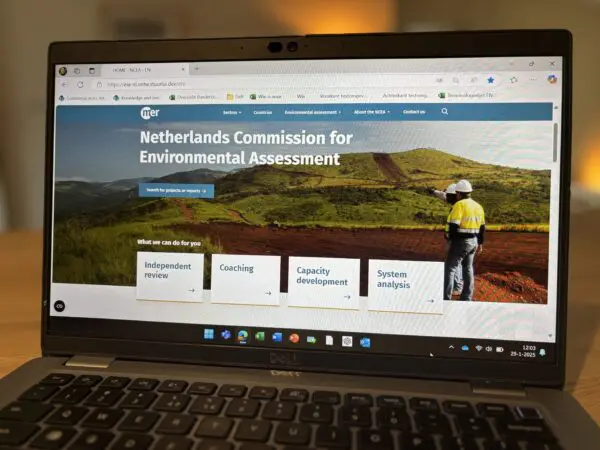Review ESIA for open sea aquaculture project
The Ministry of Economic Affairs, Communications and Sustainable Development of Aruba has requested for our advice. It concerns an independent review of the environmental and...

The Ministry of Economic Affairs, Communications and Sustainable Development of Aruba has requested for our advice. It concerns an independent review of the environmental and...

A delegation from the National Agency for Support to Rural Development from Ivory Coast visited the NCEA on February 20th

Find out where you can find us during IAIA25.
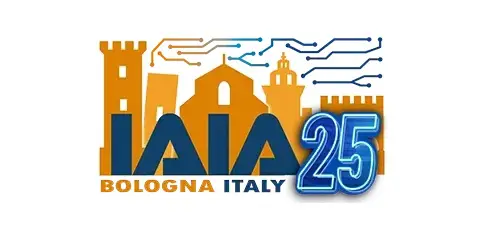
The NCEA reviewed the ESIA scoping reports for five project proposals for the Water as Leverage programme in Cartagena.
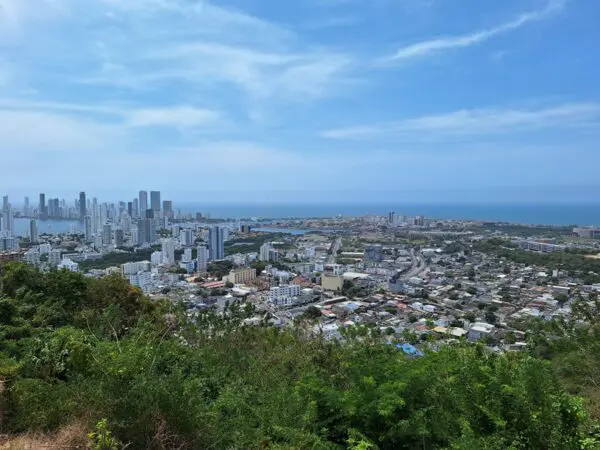
In this workshop participants from different sectors analysed the Moroccan ESIA system.
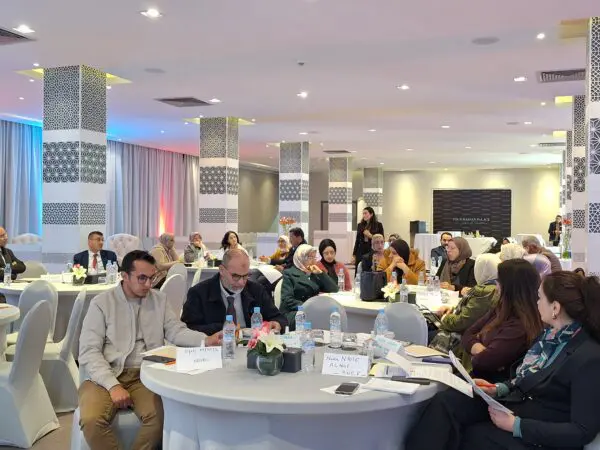
Meet our new intern, Claudia Sibuea!

The Ministry of Economic Affairs, Communications and Sustainable Development of Aruba has requested for our advice. It concerns an...

Water Agencies in Burkina Faso discussed the development of a plan for IWRM of the Samendéni Sourou basin.
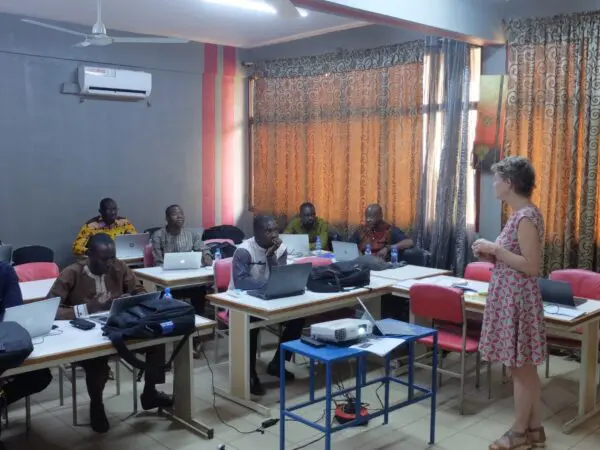
A delegation from the National Agency for Support to Rural Development from Ivory Coast visited the NCEA on February 20th

In this three-day workshop the NCEA supported a valuable exchange of local knowledge on ESIA.
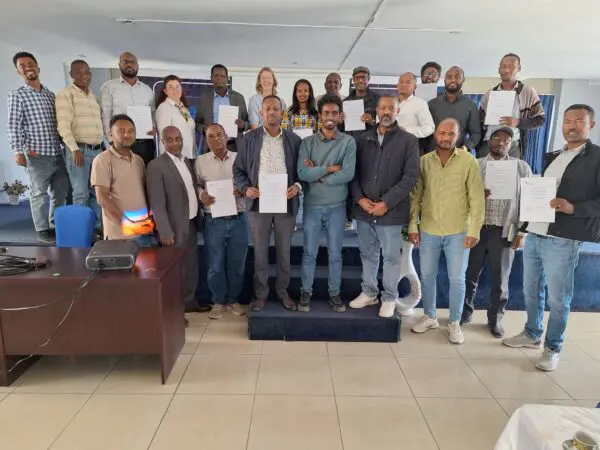
Our new website is now online.
